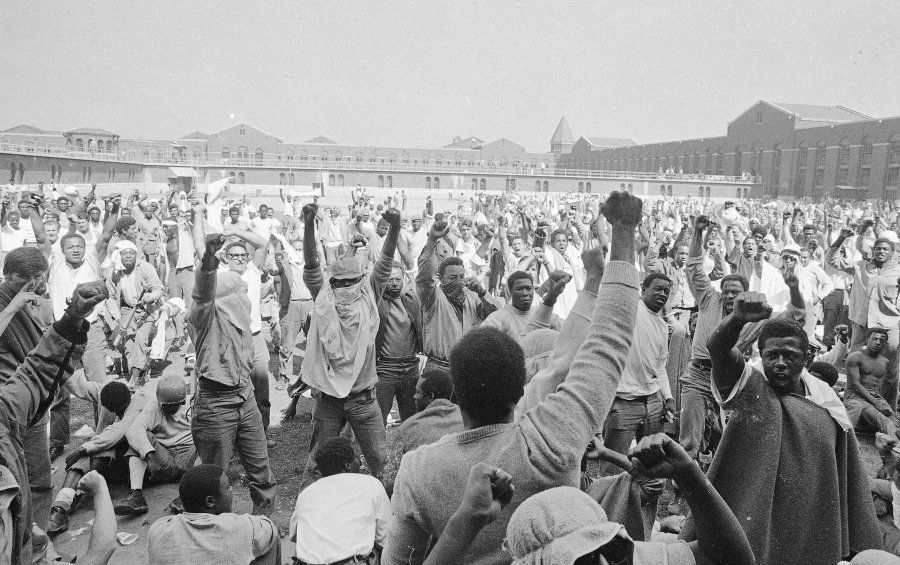BUFFALO, N.Y. — Fifty years after the revolt at the Attica Correctional Facility, unanswered questions still bother those touched by what remains the nation’s deadliest prison uprising.
What unknown details are buried inside hundreds of pages of records that remain sealed?
And will New York state ever apologize for the pain caused by both the initial riot by inmates and the bloody massacre committed by police and guards as they retook the prison?
“I have gone through seven governors now, asking for an apology,” said Deeanne Quinn Miller, whose father, William Quinn, was the only guard fatally injured by inmates during the siege at the overcrowded maximum-security prison in rural western New York.
The Attica uprising began Sept. 9, 1971, when inmates upset over living conditions seized control of part of the prison and took members of its staff hostage. It ended four days later, when state troopers and guards shot blinding tear gas into a prison yard, then fired hundreds of rounds into the smoke over the span of six minutes.
The gunfire killed 29 inmates and 10 hostages.
State officials initially claimed, falsely, that prisoners had slashed the throats of hostages as police began storming the prison, and news reports at the time, including The Associated Press, quoted those false accounts. But autopsies a day later found that all the hostages had been shot by their would-be rescuers. Accounts of prisoners having castrated a guard also later proved to be false.
In all, 11 staff and 32 inmates died in the riot and siege. No law enforcement officers were put on trial for their roles in the massacre.
An apology seemed like perhaps the easiest of five demands that Miller and other members of the Forgotten Victims of Attica sought from the state after organizing in 2000 as a voice for slain and injured prison employees and their families.
Their other demands have been met: for financial restitution, counseling, permission to hold an annual ceremony on the prison grounds and the unsealing of riot-related records, although some containing secret grand jury material remain locked.
Any fear of liability that may come with an apology seems moot, Miller said, after a $12 million settlement with the Forgotten Victims in 2005 and an $8 million award to inmates and their survivors.
“I’m tired,” said Miller, who chronicled the uprising’s lifelong personal impact in a new book, “The Prison Guard’s Daughter.”
“I think it’s particularly poignant that it would come on the 50th,” Quinn, who was 5 when her father was fatally beaten, said by phone. “When a person hears ‘I’m sorry,’ and it comes in a way that is genuine and authentic … you feel like maybe somebody really does care about these state employees and these families that gave everything they had with very little in return.”
Gov. Kathy Hochul’s office did not immediately respond to questions about whether Hochul might consider apologizing on the state’s behalf.



